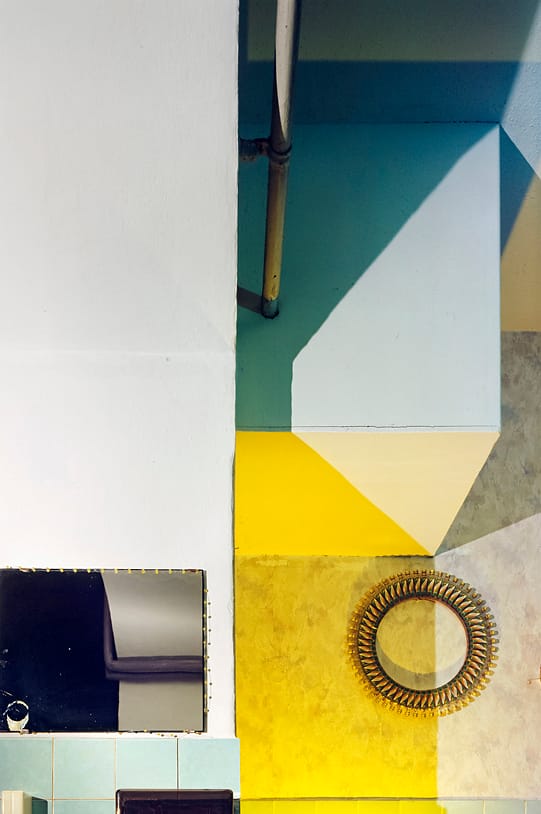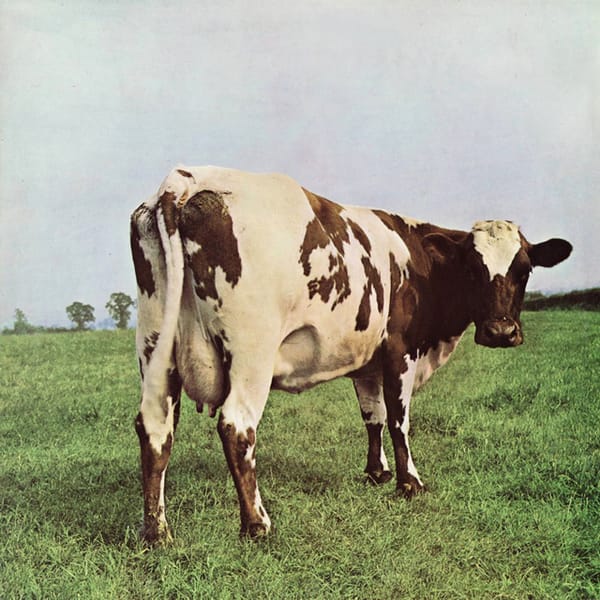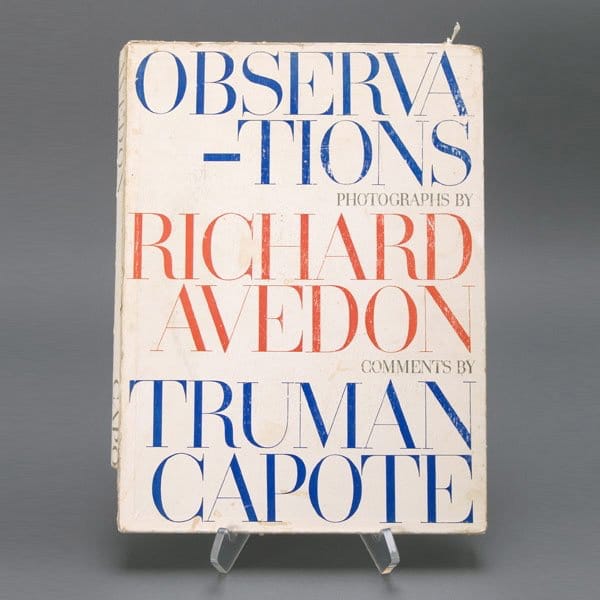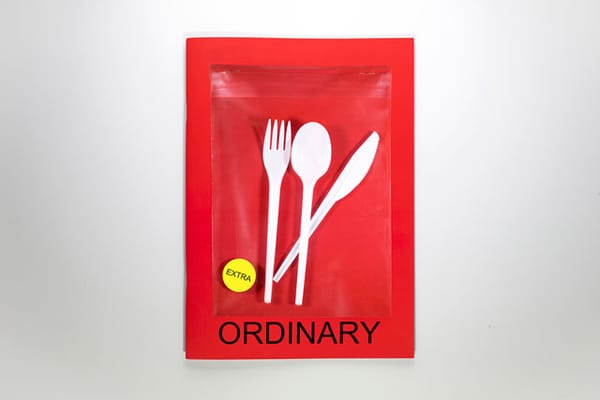This Berlin-based photographer’s Erbgericht project transforms scenes from a traditional guesthouse into graphic geometric images. We caught up with Grützner to find out more about the on-going series and her approach.
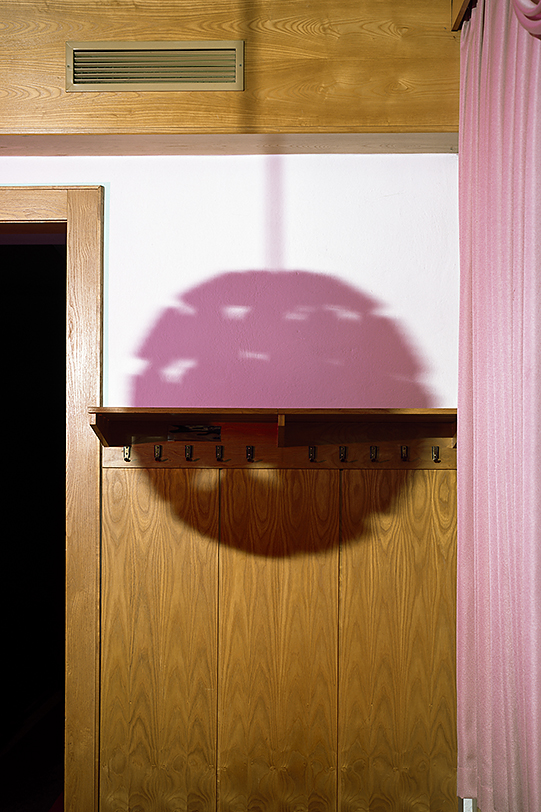
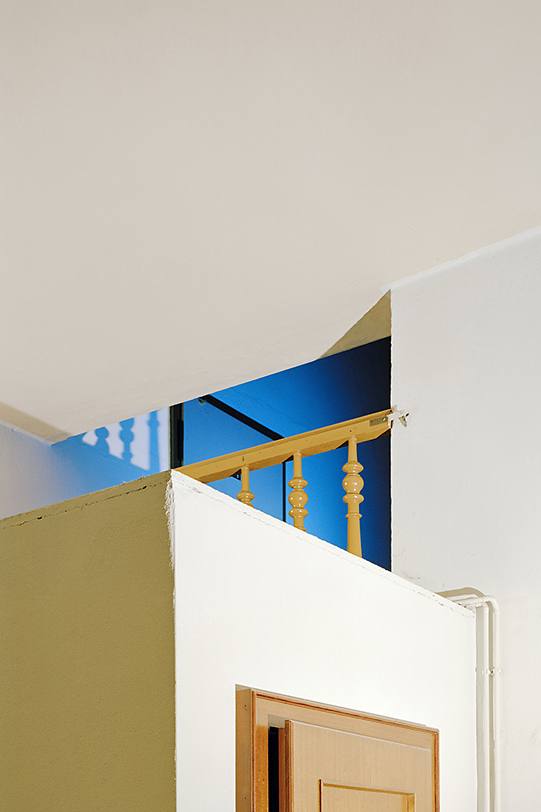
You studied communication design before your MA in photography, how has the former influenced the latter?
I first studied visual communication and graphic design near the Swiss border in Konstanz so we were often drawn to exhibitions in Switzerland. Haus Konstruktiv in Zürich, for example, hosts great abstract and concrete art. I was fascinated by the work of Max Bill, Verena Loewensberg, Richard Paul Lohse and Anton Stankowski, along with a dozen or so others. During this time, I concentrated mainly on interacting with spaces. Key questions included: how do we deal with public space and how can we tell stories in it? Although my focus was not on photography, my photography professor Valentin Wormbs had a big influence on me. We often sat in his office, which was filled to the ceiling with hundreds of photo books. It was after that that I decided to go deeper into picture theory and photography. In terms of examining how we deal with pictures in our society, the MA programme at Bielefeld (where I studied) combines theory and practice really well. This exploration of culture theory, space theory, and theories about memory and images, plus my background in graphic design, is a major influence on my artistic approach.
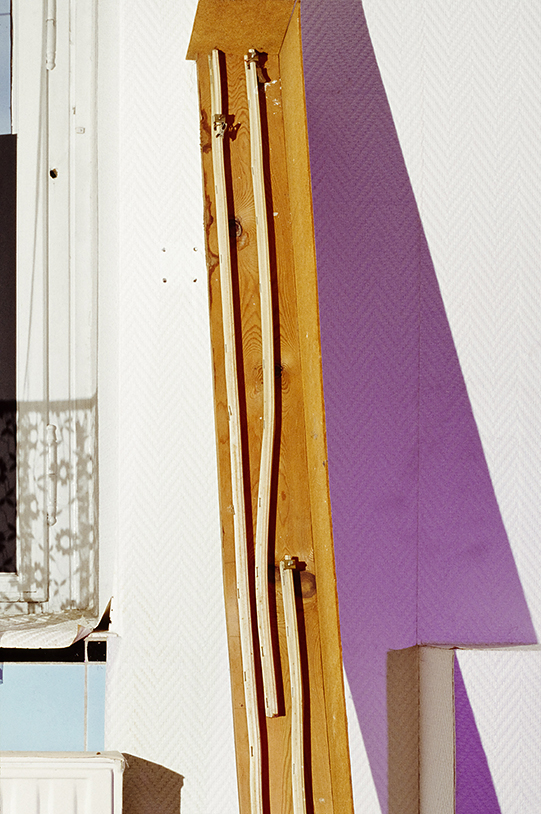
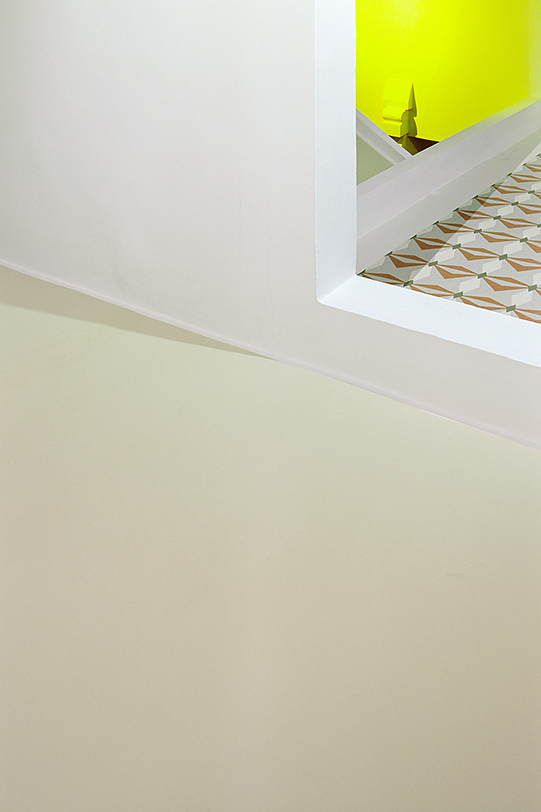
Tell us a little bit about your Erbgericht project?
The Erbgericht is a traditional village guesthouse dating back 130 years. It is quite big with two halls and a restaurant serving good, traditional food. Today it has a skittle alley, a pool table and darts but traditionally these buildings were used as feudal courts with privileges of brewing and feasting in medieval times ('Gericht' is the German word for court, but also for a meal). This specific building has been owned by one family for five generations and is still the cultural centre of the village. Here thousands of memories of the inhabitants are intrinsically connected to the walls and the objects within the rooms. For me, it became a starting point to be able to talk about the history of how people live in this area. During those conversations, I realised that a lot of the memories are only partly accessible for me. They stay abstract and seem to colour the walls. And yet somehow the whole space still has secrets.
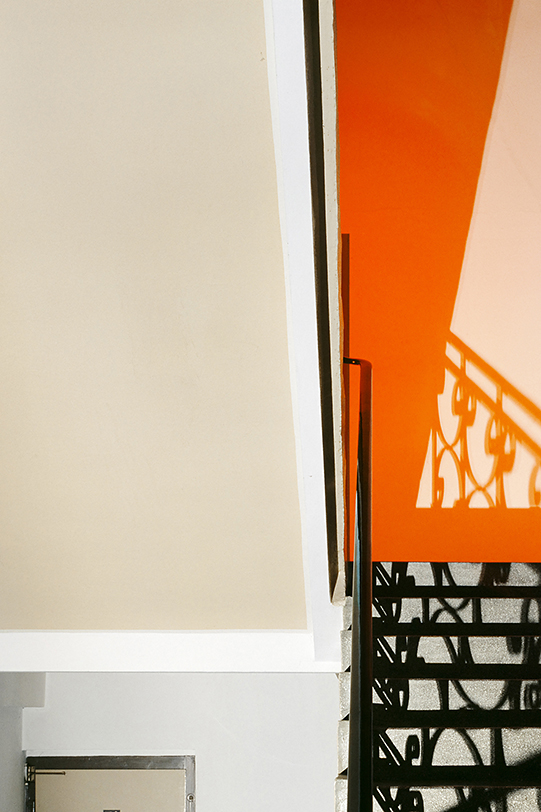
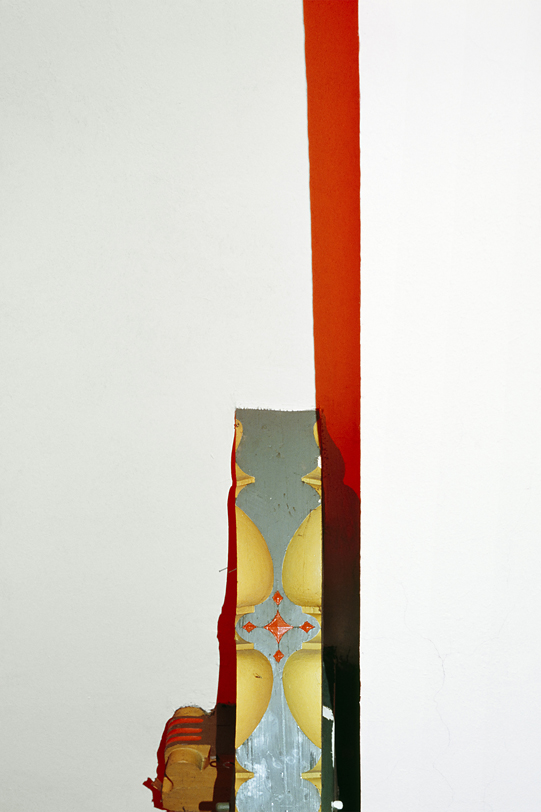
What does the house look like?
It looks like a collage with lots of different interior styles, patterns and textures. Sometimes it seems like a labyrinth. Its magic has cast a spell on me since my childhood. I can't describe the feeling in words, so I had to find another medium. Photography always reduces the world to a two-dimensional object, into surface alone. The aesthetic of my photographs is all about highlighting this unavoidable fact. I use photography to create a tension between abstraction, imagination and the real existence of a place in order to express my feeling that a lot of things lurk below the surface. The fragmentation of the space and warping of the scale of the interiors also mirrors the way that memory works.
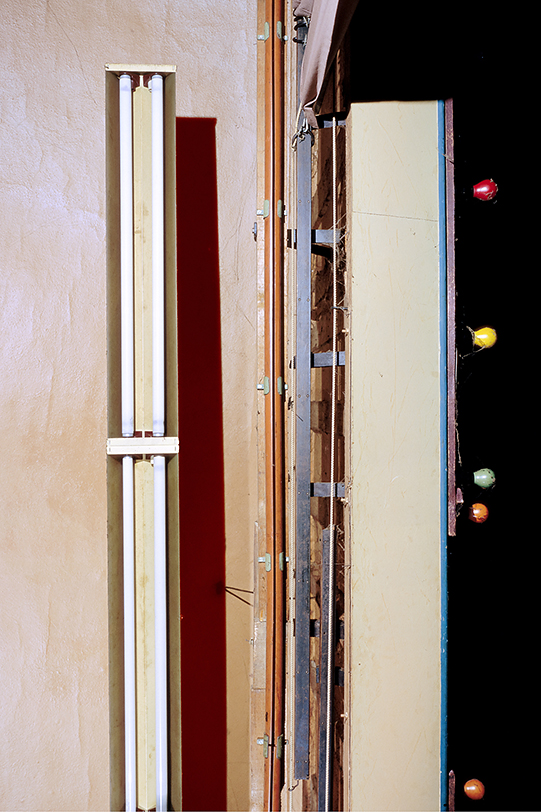
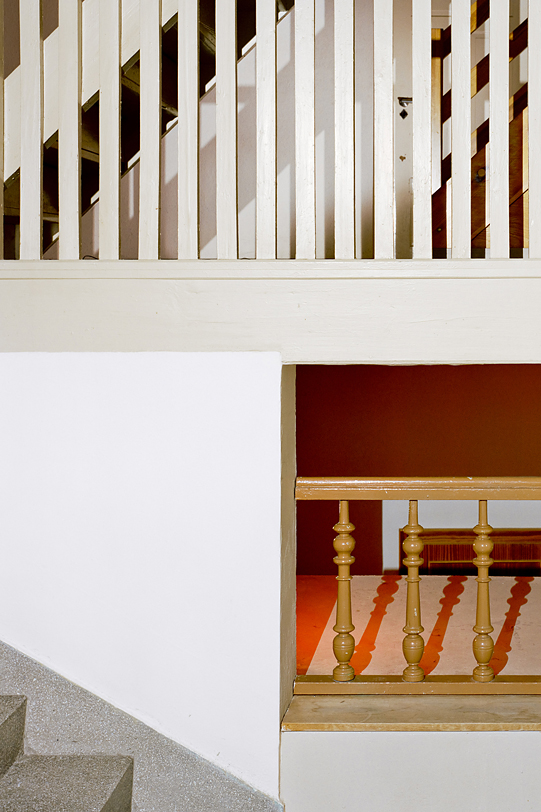
Did you give yourself a brief?
As I knew that there was already a type of magic in the building, I generated my own strict rules. The whole picture – the coloured shadows and the composition – has to be created in only one shot on analogue film, without any touching up or digital collage afterwards.
Which other creatives really inspire you?
Inspiration is a fuzzy word, it is more about getting on with your work and adding interesting, challenging thoughts to it, which may come from anywhere. Talking with creative friends helps me concentrate a lot and to evaluate and develop my ideas. I can't just pick one person out.
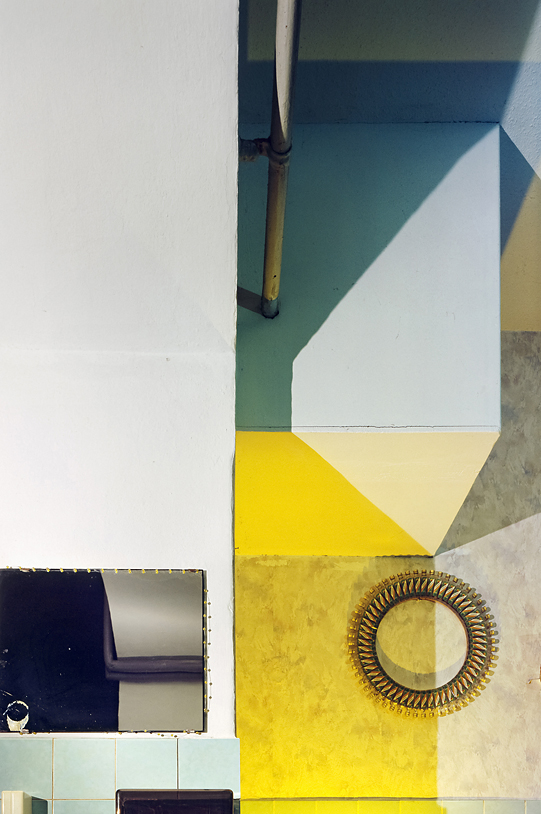
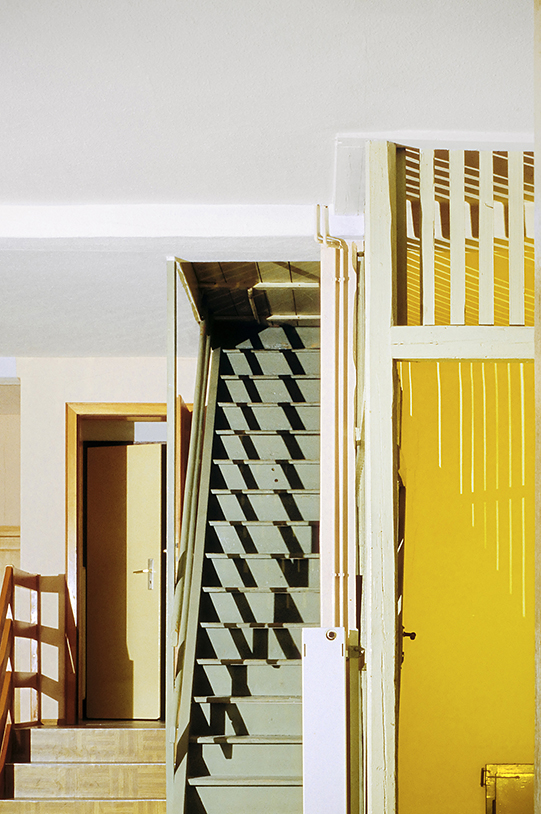
What do you think makes a powerful image?
It really depends on the surroundings, the discourse and its usage. Photography is all about how we filter our environment, our objects and lives. I love fragments, which invite the viewer to think about different possibilities. I love to transform something while still keeping its origin in the back of my mind.
Tell us about about an upcoming project that you’re excited about.
I am still working on Erbgericht, and would like to create a book of this work. Furthermore I am thinking a lot about 'places with memory', spaces in between and light.
andreagruetzner.de

